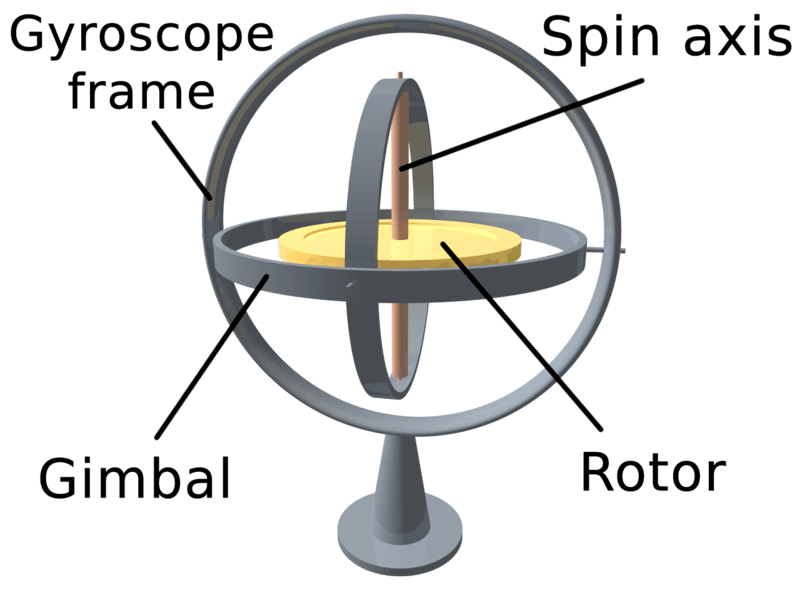Flying RC helis requires some technical knowledge. You don’t need to be a full-blow heli pilot or an expert in aerodynamics and mechanical engineering to be able to fly an RC Heli.
All it takes is a bit of practice instruction and plenty of logged hours and you will be a professional in no time. Various models and styles have different pitch controlling. Some are fixed some are manual.
Helis with collective pitch allows simultaneous increase or decrease of the main rotor blades pitch allowing quicker response to the changes in the lift amount or the vertical thrust. For helis with collective pitch, there are five channels to operate four controls.
The four controls for pitch on most helis include:
- Side to side cyclic pitch
- Collective pitch
- Tail rotor pitch
- Fore and aft cyclic pitch
The collective pitch needs to have engine throttle so that additional drag is overcome by using more throttle whenever the rotor blades receive more load for pitch enhancement. The radio of an RC heli will have five channels.
The radio transmitter of the RC heli will typically also have a left stick. The function of the stick is to control the throttle and the collective in a vertical direction. The left stick also controls the pitch of the tail rotor in case of side to side directional movements.
For controlling the cyclical operations of the RC heli, the radio transmitter will have right stick controls. The right stick controls take care of the vertical up and down movements of the fore and aft cyclic pitch. It is also responsible for the cyclical side-to-side control of your RC heli.
Apart from these independent functions, there are mixed functions as well. These mixed functions of the RC heli radio transmitter are responsible for mixing the collective and throttle functions. They also mix the tail rotor as well as the collective/throttle function. This gives a fairly good idea that setting up the RC heli can be really difficult and needs to be done properly.
Pitch curve and throttle controls can be set up as per the comfort of the user. However, as a general rule, the throttle must be set up prior to the pitch curve. Most RC heli transmitters will have throttle hold and throttle cut switches.
The hold switch is meant for disconnecting the throttle and collective mix. When the switch is flipped, a full collective pitch is applied while keeping the engine idle. The throttle cut switch is meant for turning off the motor.
There are separate aspects that are required to be learned properly before one can comfortably fly a heli. It is likely best if you are a rookie, to go with a fixed heli so that you can understand the basic controls before going full bore into the big boy RC helis.
The following video would explain pitch and throttle better:
It is imperative that beginners will end up with several crashes and damage the helis and hence, for the beginners, it is better to go for low-cost small helis to cover the learning path before they can try out the bigger ones.
guest post by Francis Kartchner





